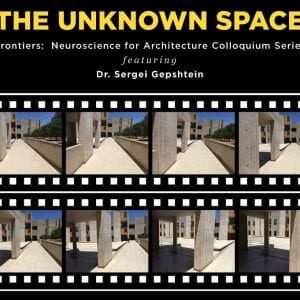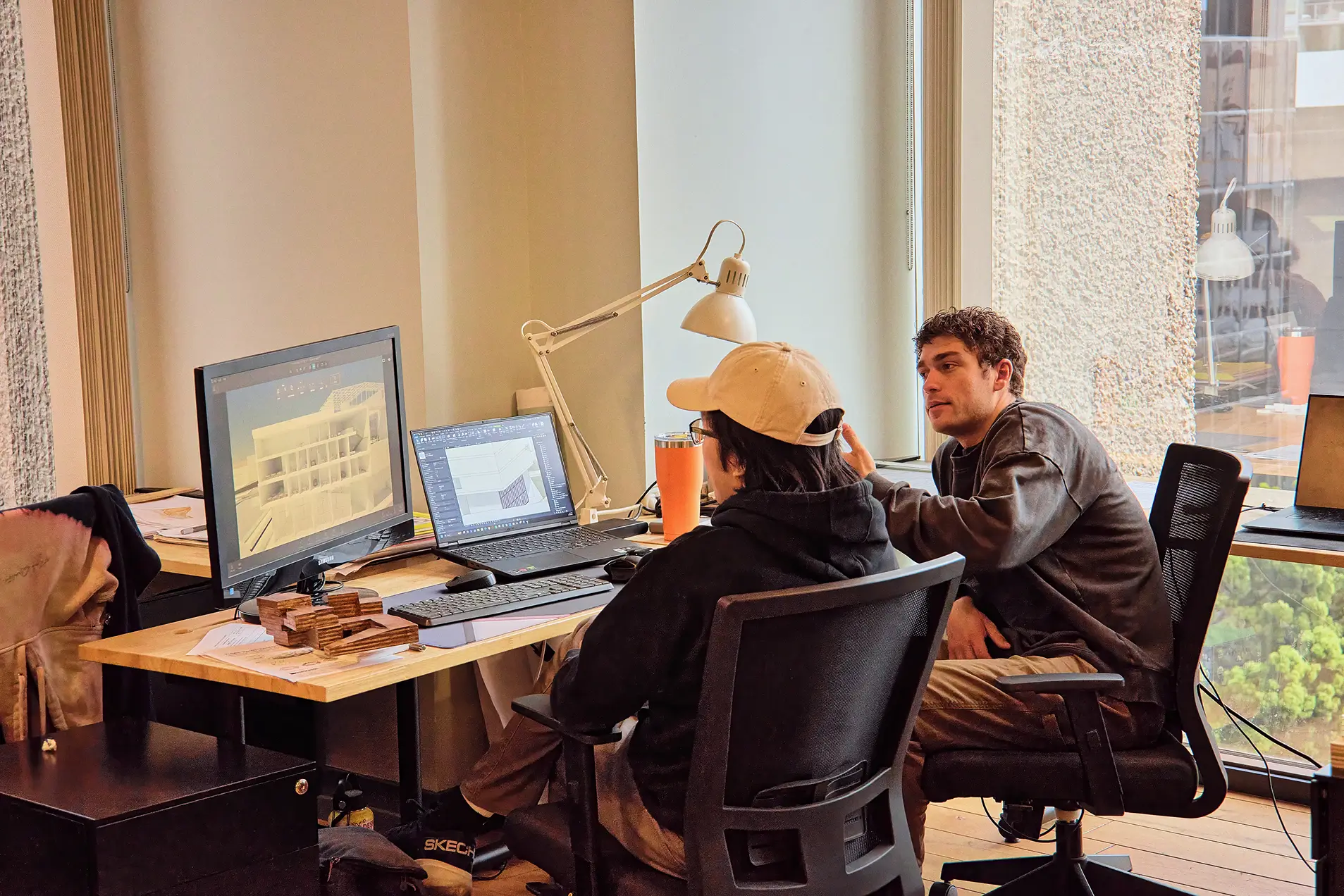
While it’s easy to confuse an interior architect with an interior designer or interior decorator, they are all different professions. So what, then, do interior architects do?
The Difference between an Interior Architect and Interior Designer
Simply put, an interior architect designs building interiors & space planning while an interior designer focuses on the actual furnishing and decoration of an interior. However, interior architecture is a much bigger task than just making a building aesthetically pleasing. In a building project, the interior architect has to conduct a great balancing act between the design aspects of beauty and practicality (function as well as environmental design). Interior decoration purely focuses on interior design aesthetics & furnishing. Interior decorator school will help aspiring interior decorators to perfect the skill of placing decorative elements such as paint, textiles, and the feel of them.
Interior architects must take into account the functionality, safety and appearance of the building. This takes a lot of skill and careful consideration throughout the design process. Interior architects have specialized training to achieve these tasks, most often gained through attaining degrees and specialized certifications in their field.
While this lays out an interior architect’s job in very broad strokes, here is a more detailed look at what exactly interior architects do.
Interior Architecture Design Strategy
The first step of a project for an interior architect is to talk with a company about what they are looking for in a new space. At this initial meeting, it is essentially your job to ask questions and listen. You’ll ask for their wishlist as well as what functions the space will need to perform.
You’ll then have to take into account how much space is needed in each area to accomplish its desired function. You’ll get a feel for your client’s style and taste and make suggestions for the building. Wants and needs will be properly evaluated and then you’ll look for a building that meets these requirements.
Once you’ve found a suitable building (or buildings plural) or construction site that fits, you will then sketch your plan for how their business will fit into the space you’ve found.
Concept Design
After you and the client have decided on a building, you will move onto the concept design. In this phase, you will continue to sketch and plan to come up with the best way to utilize the building’s space.
These drafts of your design plans might include the general layout of the interior architecture, as well as the wall placement, windows, doors, plumbing, electrical, ventilation, structural accents, colors, and perhaps even furnishings. You can start sketching by hand, but will also utilize computer design and drafting (CADD) architecture programs as well as building information modeling (BIM) to create your drafts.
You’ll present your sample imagery to the client to help them visualize what the building will look like when completed. At this juncture, you will also put together a schedule for your client for when they can expect stages of the work to be completed. You’ll also have to lay out an accurate estimate for the cost of the entire project.
Developed Design
Once you’ve confirmed your layout and created a functional workspace, you’ll get into the details. This may include cabinetry, wall details, windows, custom kitchens and bathrooms, flooring, paint, etc.
Here you’ll also have to prepare and present architectural drawings and specifications to make sure your building meets federal, state, and local building regulations to make sure the design is up to code.
You’ll be in charge of the consent application process and will also often coordinate the shopping and buying of building materials, furniture, lighting, and more. When choosing materials, interior architects need to understand their durability and strength. They also must know how to use light, color, and textures in a space, to create a functional and aesthetically pleasing space.
You will oversee the ordering, delivery, and installation of all of these items and project manage the actual construction process. You may have to manage an entire team of construction workers, inspectors, designers, and even additional architects, while interacting with multiple clients at the same time. You may even get hands in with the construction itself as you see fit.
Becoming a Successful Interior Architect
So as you can see, interior architects do much more than create a design, wipe their hands, and leave. You will manage the entire project from initial planning, throughout construction, to completion. You’ll make sure the project is completed according to plan, on time, and on budget.
Of course, each project will require a different creative mindset. Certain projects may need different contractors and materials than others unless you decide to stick with a specific niche. Becoming a successful interior architect involves building trust and relationships with your clients as well as your contractors and vendors, even surveyors. Interior architects work on commercial buildings as well as private homes, and will either renovate a space or create a new building from scratch.









 619-684-8800
619-684-8800








